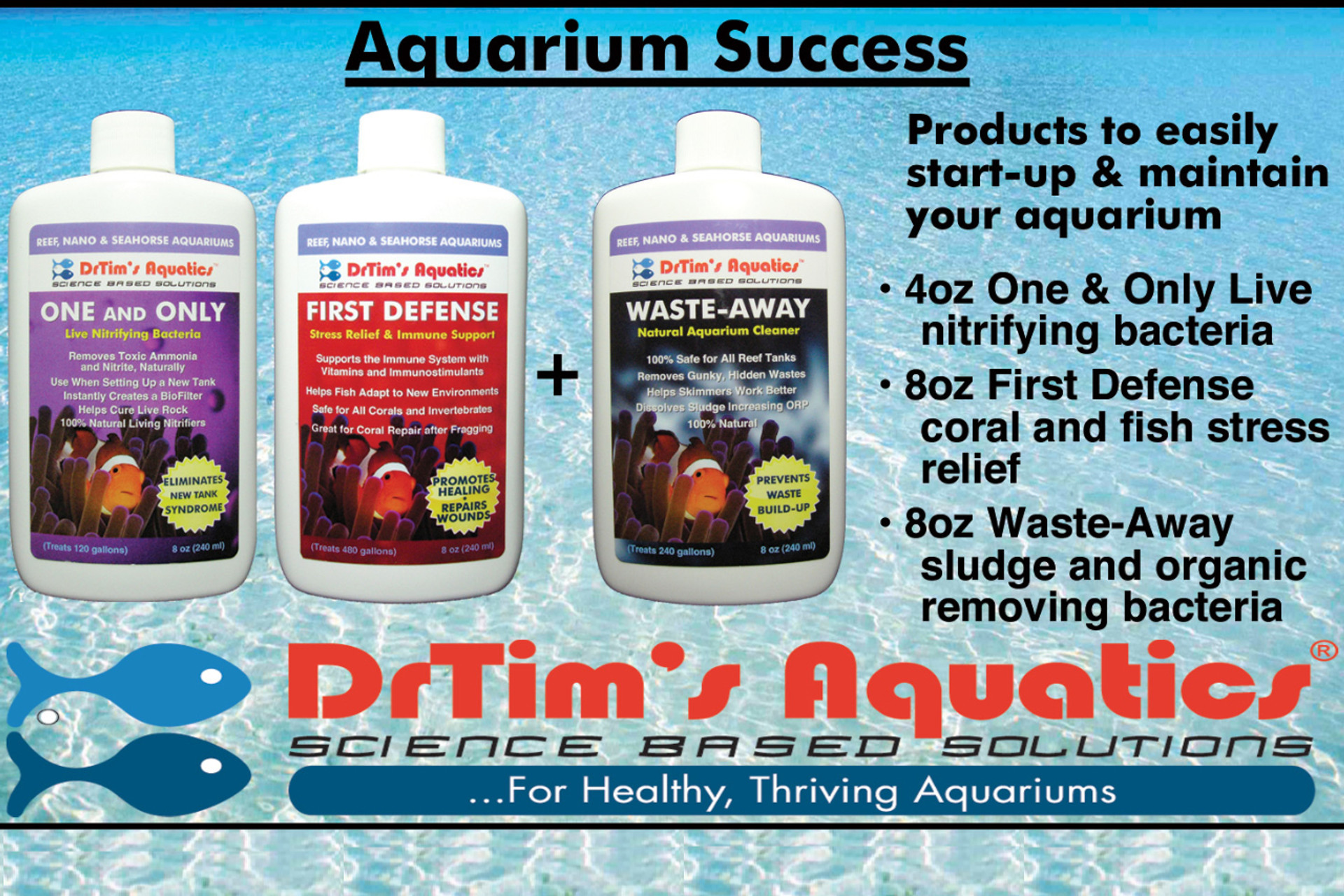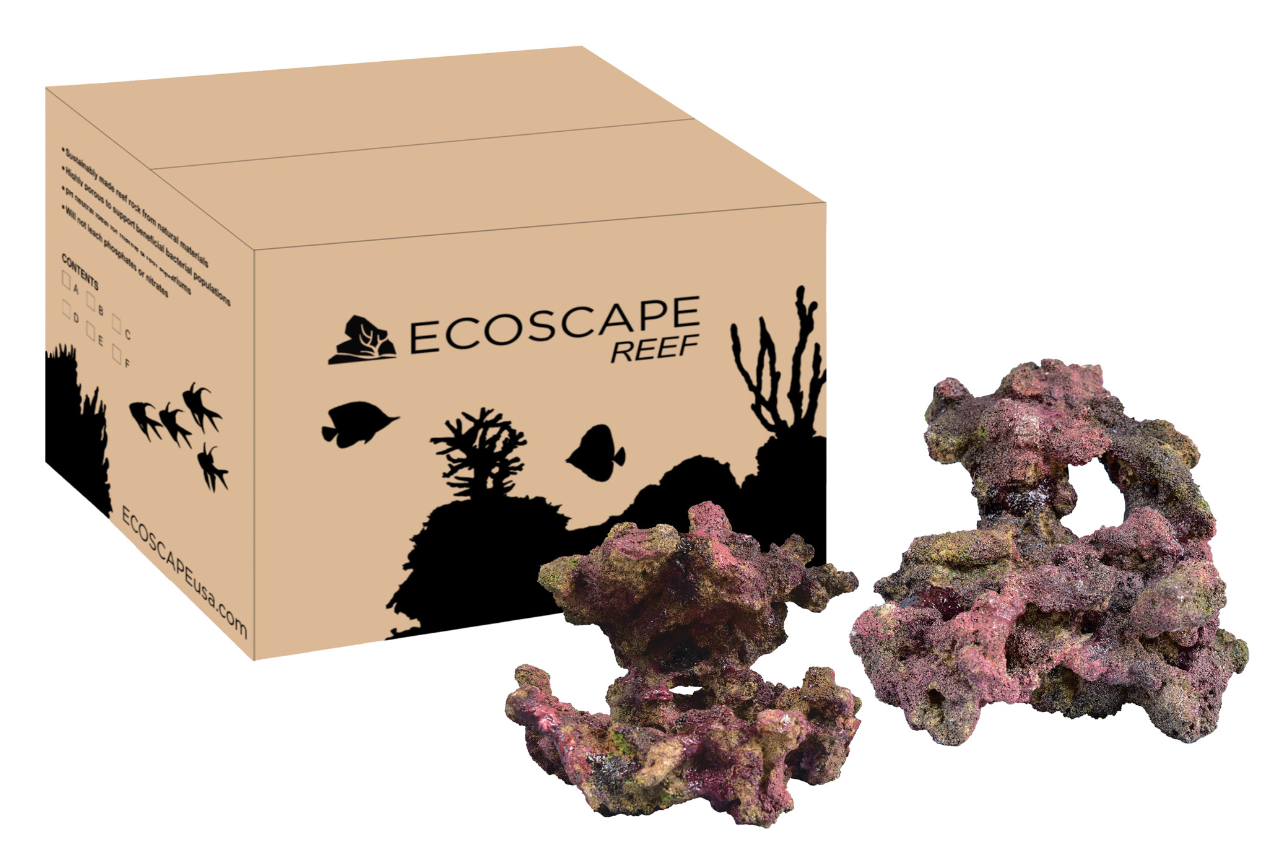Moving Tanks and Thinking Big

You've gone and gotten a new job. Or maybe you got married? Had a kid? Rent got too high? What ever the reason, you've decided to move, and now you are looking at the aquarium in the room and having some panicky thoughts. While you were setting this thing up, and taking care of it, and enjoying having it around, you never really thought about the day you'd need to move it, and here we are.

Too many people give up aquarium keeping when it's time to move, and this is a great shame. While moving your aquarium does take some extra planning over and above your normal moving logistics, it is a very manageable process, and for many, an opportunity to make changes to their display. If you're moving within an hour or two of your current location, there is no reason you can't keep your tank and all your livestock.
First things first, moving an aquarium is an opportunity; a big opportunity (if you catch my drift). You've been looking at your 40 gallon aquarium for a few years and wishing that it was a 90 gallon aquarium and this is the absolute ideal time to upgrade. Buy your new set up, get it set up in your new location and then move in your rock and livestock. There are so many benefits to this as a model, moving stuff into a running tank means you can drain and dry the old tank, and moving it becomes no challenge at all!
This still requires some planning, as most of you will not have multiple weeks in which to cycle the new aquarium while the old one runs. But if you have a day or two, it will still work. First is that you'll need to use much of the water and all of the rock from the old tank. It will also help to use a lot of the existing media from the old tank while setting up. A moving process would look something like this:
First get your new tank situated in the new location. Plan it's location carefully in regards to access to water, power, high visibility areas etc. For a full break down on how to place tanks, re-read our new timer series. If you are going to add additional live rock, start curing it a few weeks ahead of time, or buy either pre-cured or dry/faux rock from your LFS.
Next, do a massive water change on the old aquarium, except don't do any vacuuming. You want this removed water to be as clean as possible. Instead of dumping this water down the drain, you're going to use it to fill buckets, in which you'll also be putting all of your live rock that doesn't have anything growing on it. Remove this rock while taking care to disturb everything as little as possible. Don't kick up the sand any more than you absolutely have to, and don't swish the rocks around to “rinse” them off. Your fish and inverts will be slightly put out by this whole process, so make it as gentle as possible and it will work out. Take all this water and rock (and any new rock additions) over to the new aquarium and set it up, then top off the tank and let it run. This is a great time to add some Dr. Tim's One and Only to both tanks which will help level out any nutrient spikes in the old tank from disturbing the rock and help boost the bacterial colonies in the new tank.
You'll notice that we didn't take the sand with, and this is because sand needs to be replaced occasionally, there is no better opportunity to do this than a tank move. You can blend in some of the old sand to help bring bacteria into the new tank, but leave 90 percent of it behind. If you don't have critters that need a sand bed, consider not having one in the new aquarium (see our article on sand beds).
The next day, fill a cooler a little less than ¼ full of tank temperature water. This will help maintain an aquarium like temperature in there for moving your fish. Then capture and bag all your fish and invertebrates, move these bags into the cooler and close it up. Any remaining rocks can be put into buckets with tank water, being careful not to smoosh any invertebrates remaining on the rocks.
This is a great time to make some choices about what you want in the new aquarium. Have you always hated that piece of rock? Now is the time to lose it. Has your Maroon Clown decided that the entire tank is hers? Maybe it's time to see if your LFS wants to take her back. Many stores will give you a credit for fish like this. If you've been waiting to add a couple fish that need to be added at once for aggression reasons, this is the opportune moment. If you have invertebrates that weren't placed well, this is obviously the time to address where in the new tank they should live. It can be challenging to do some of this stuff in an established aquarium, so make the most of this opportunity.
Now, introduce everyone to their new home. First add any remaining rock work, then add your invertebrates and lastly the fish. Here is the only bummer. There is nothing quite like sitting and staring at a sparkly clean brand new tank and sadly, you gotta go move.
From here, finishing the take down of the old aquarium is easy stuff. Make sure you have a bunch of old towels handy. Siphon out as much sand and water as you can. Flat edged sandbox shovels work great for scooping out the remaining sand, which you should then throw away. Wipe everything down, take apart the plumbing and rinse and dry everything out as well as possible. Then just move the tank like you have before. Be careful to always make sure the tank is supported underneath. Don't let stuff bang into the glass or scratch the plexi. An empty tank is a breeze to move.
Then what to do with it? Well we always say that tanks get lonely if you only have one. So maybe set the little one up again? Use it to house something that you've always wanted to keep, but doesn't jive in the big tank? You can always sell it too, which can help recoup the cost of the bigger aquarium. There is a good second hand market for aquariums. We don't suggest buying your tanks this way unless you know the seller because there just isn't any proof that what you are buying doesn't leak, and very little is worse than spending a ton of time, money and effort on a new aquarium and finding out it has a pin hole leak in a seal (which, trust us, you will not be able to easily fix). Stick to buying from known, trusted sources like your Local Fish Store.
Almost every aquarist here has used moving as an impetus for a bigger tank purchase at one time or another, and we pretty much all approve of this method. Some of you will be saying that you don't want or need a bigger tank, and we think that is just silly talk, but okay. If you want to keep the same aquarium and move it, we'll cover this in the next article. For now, maybe just drop by your Local Fish Store and see what kind of upgrades might be possible... (tell them Quality Marine sent you).